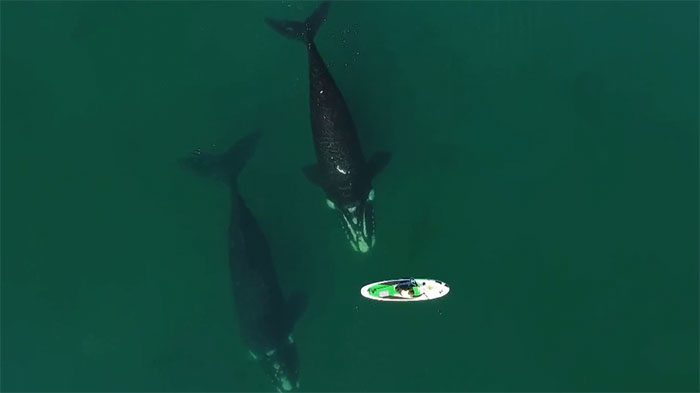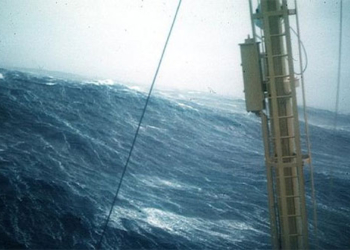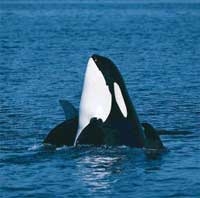The 18,087 km Migration of Southern Right Whales and Their Calves Documented in a New Report by the Wildlife Conservation Society.
Some footage of southern right whales during their migration journey. (Video: Reuters)
The monitoring is part of the “Whale Tracking” project conducted by the Wildlife Conservation Society (WCS) of the United States, where they tracked 18 individuals of the southern right whale species via satellite throughout the migration season starting last year.
In this instance, the whale named “Electra” along with her calf has traveled a total of 18,087 km. They departed from the Valdés Peninsula in northeastern Chubut Province, Argentina, and returned to their original location after 239 days.
“After leaving Nuevo Bay at the Valdés Peninsula, Electra traveled through areas on the continental shelf of Argentina and deeper waters near the Talud, close to the Blue Hole. Ultimately, she returned to the Valdés Peninsula area on May 21, 2022, possibly to wean her calf born in 2021,” WCS stated.

The whale named “Electra” along with her calf has traveled a total of 18,087 km.
Currently, Electra is still near the edge of the continental shelf of Argentina, but she has not been observed on camera. Researchers are uncertain whether she is still accompanied by her calf or if the calf has been weaned and is now living independently.
The southern right whale (Eubalaena australis) is a large baleen whale species. Adults can reach lengths of 15 to 18 meters and weigh between 47 to 80 tons. True to its name, these giant creatures inhabit the oceans south of the equator, particularly in waters near Antarctica.
The “Whale Tracking” project will allow scientists to gain more detailed insights into the areas that southern right whales traverse during their migration, from breeding grounds to feeding areas, thus identifying critical habitats for their life cycle.





















































